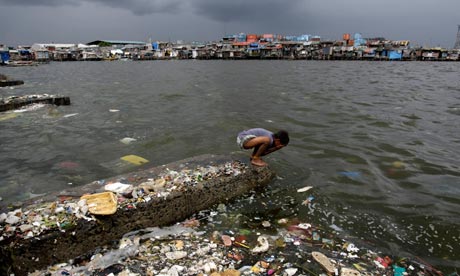NEW DELHI: Tata Power today said its 50.4 MW wind energy plant in Gujarat has been registered under the United Nations Clean Development Mechanism (CDM), making it the company's third project to be part of this framework.
 Located in Samana, the project will come under Clean Development
Mechanism of the United Nations Framework Convention on Climate Change
(UNFCCC).
Located in Samana, the project will come under Clean Development
Mechanism of the United Nations Framework Convention on Climate Change
(UNFCCC).
"Samana wind plant is Tata Power's third CDM registered project, with the 50.4 MW wind project at Khandke, Maharashtra & 25 MW solar project at
"Samana wind plant is Tata Power's third CDM registered project, with the 50.4 MW wind project at Khandke, Maharashtra & 25 MW solar project at




